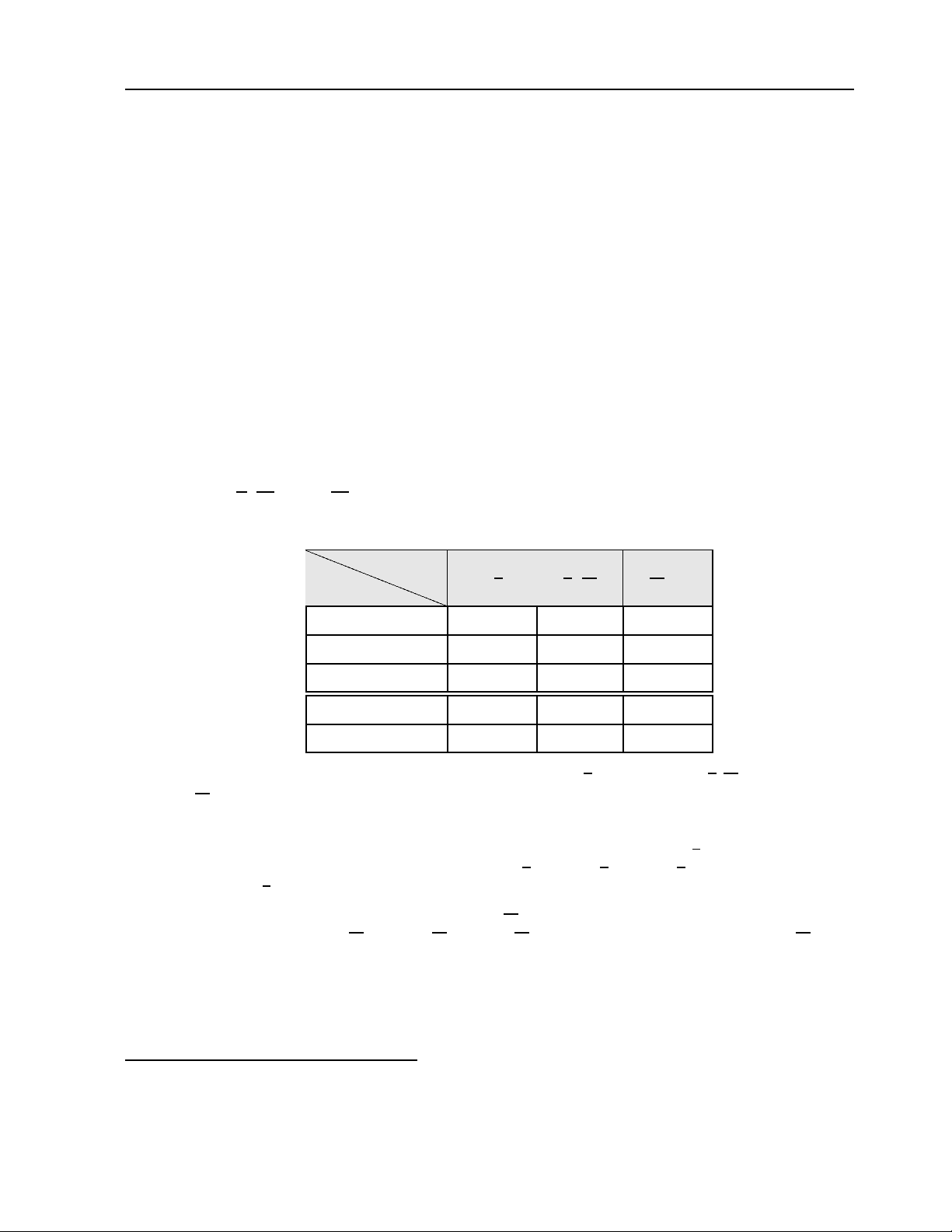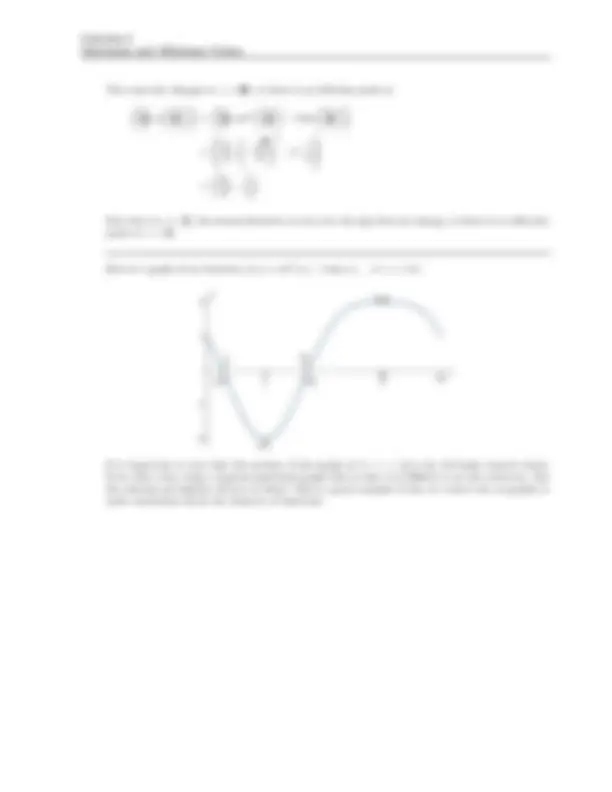



Study with the several resources on Docsity

Earn points by helping other students or get them with a premium plan


Prepare for your exams
Study with the several resources on Docsity

Earn points to download
Earn points by helping other students or get them with a premium plan
Community
Ask the community for help and clear up your study doubts
Discover the best universities in your country according to Docsity users
Free resources
Download our free guides on studying techniques, anxiety management strategies, and thesis advice from Docsity tutors
The steps to find the intervals of increase and decrease, local maximum and minimum values, and inflection points of the function f(x) = cos²(x) − 2 sin(x) in the interval [0, 2π]. It includes the use of the first and second derivatives, critical numbers, and the first derivative test.
Typology: Study Guides, Projects, Research
1 / 3

This page cannot be seen from the preview
Don't miss anything!


Calculus I, Section 4.3, #
Maximum and Minimum Values
For the function 1
f (x) = cos 2 (x) − 2 sin (x) , 0 ≤ x ≤ 2 π
(a) Find the intervals on which f is increasing or decreasing.
We need to find the intervals where f ′ is positive and where f ′ is negative.
f ′ (x) = 2 cos (x) · − sin (x) − 2 cos (x)
= −2 cos (x) (sin (x) + 1)
The critical numbers are the solutions to
0 = −2 cos (x) (sin (x) + 1)
so
0 = cos (x) or 0 = sin (x) + 1
x =
π
2
3 π
2
or x =
3 π
2
Now we’ll analyze the signs of the factors of f ′ on the interval 0 ≤ x ≤ 2 π. 2
Factor
Interval ( 0 , π 2
π 2 ,^
3 π 2
3 π 2 ,^2 π
cos (x) + − +
sin (x) + 1 + + +
f ′(x) − + −
f decreasing increasing decreasing
Thus the function f (x) = cos 2 (x)−2 sin (x) is decreasing on
π 2
, increasing on
π 2 ,^
3 π 2
, and decreasing
on
3 π 2 ,^2 π
(b) Find the local maximum and minimum values of f.
From the table above, note that the derivative changes sign from − to + at x = π 2 , so by First Derivative Test (FDT) the function has a local minimum of f
π 2
= cos 2
π 2
− 2 sin
π 2
2 − 2 · 1 = −2 that occurs at x = π
The derivative changes sign from + to − at x = 3 π 2 , so by First Derivative Test (FDT) the function has a local maximum of f
3 π 2
= cos 2
3 π 2
− 2 sin
3 π 2
2 − 2 · −1 = 2 that occurs at x = 3 π
(^1) Stewart, Calculus, Early Transcendentals, p. 301, #14. (^2) Some teachers prefer that their students use a table and analyze the behavior of the factors of f ′ (^) to determine the sign of
f ′, whereas others have their students test values in the intervals to determine the sign of f ′. In the long-run, its probably best to understand how to analyze the factors, but be sure you know what your teacher wants you to do.
Continued =⇒
Calculus I
Maximum and Minimum Values
(c) Find the intervals of concavity and the inflection points.
We need to find the intervals where f ′′^ is positive and where f ′′^ is negative.
f ′ (x) = −2 cos (x) (sin (x) + 1)
so
f ′′ (x) = −2 [cos (x) · (cos (x) + 0) + (sin (x) + 1) · − sin (x)]
= − 2
cos 2 (x) − sin 2 (x) − sin (x)
1 − sin
2 (x) − sin
2 (x) − sin (x)
−2 sin 2 (x) − sin (x) + 1
2 sin 2 (x) + sin (x) − 1
= 2 (2 sin (x) − 1) (sin (x) + 1)
The critical numbers of f ′ are the solutions to
0 = 2 (2 sin (x) − 1) (sin (x) + 1)
so
0 = 2 sin (x) − 1 or 0 = sin (x) + 1
1
2
= sin (x) or − 1 = sin (x)
x =
π
6
, x =
5 π
6
or x =
3 π
2
Now we’ll analyze the signs of the factors of f ′′ on the interval 0 ≤ x ≤ 2 π.
Factor
Interval ( 0 , π 6
π 6 , 5 π 6
5 π 6 , 3 π 2
3 π 2 , 2 π
2 sin (x) − 1 − + − −
sin (x) + 1 + + + +
f ′(x) − + − −
f concave down concave up concave down concave down
Thus the function f (x) = cos 2 (x) − 2 sin (x) is concave down on
π 6
, concave up on
π 6 ,^
5 π 6
, concave
down on
5 π 6 ,^
3 π 2
, and concave down on
3 π 2 ,^2 π
The concavity changes at x = π 6 , so there is an infection point at ( π
6
, f
π
6
π
6
, cos
2
π
6
− 2 sin
π
6
π
6
π
6
Continued =⇒